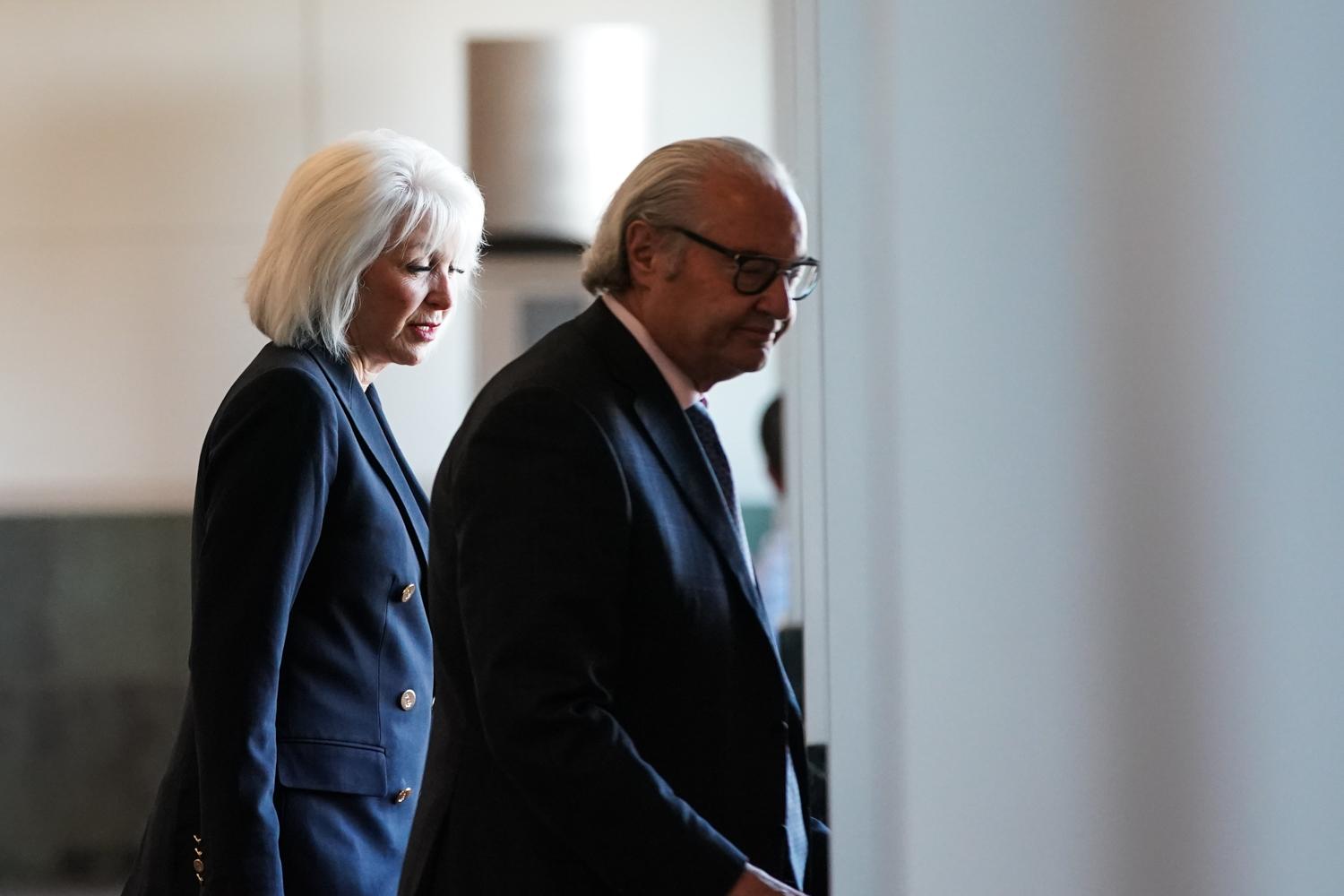
Of all the bills state lawmakers take up every year, the only one they must pass is the budget — and they have to balance it. The state Senate offered its version of a $26.8 billion spending package, introduced near the end of March. Now as April gets started, the House will debate the bill. Here are the key points and issues with the 2017 spending package:
1: There’s A Shortfall
The Colorado economy is mostly thriving, yet there’s a $700 million budget shortfall. At the most basic level, tax revenues don’t match the needs of lawmakers. The Taxpayer Bill of Rights and other fiscal constraints also make it tough to balance the budget, especially as the state share of Medicaid expands. And schools are not getting funded to the degree required by the state constitution.
2: Hospital Funding Is Key
To make up for some of the budget hole, and to avoid the state from having to issue TABOR refunds, budget writers have proposed cuts to hospitals. It’s a move that senators from rural areas say could result in hospitals in their communities being forced to close.
The hospital issue turns in part on something called the Hospital Provider Fee: Hospitals pay fees to the state, and that money is matched by the federal government. The money’s then sent back to the hospitals based on a formula in which hospitals with the most Medicaid patients get more money than those with fewer such patients. The net hit to hospitals in this budget is $500 million.
3: Tackling Transportation Outside The Budget
The state’s complicated budget factors have long-frustrated lawmakers who want to see more money for transportation. The budget proposal that’s going through the legislature cuts money from transportation to help fill the budget hole.
Lawmakers and Gov. Hickenlooper said at the start of the session that inaction on roads and transit funding have gone on long enough at the Capitol. In March, the Democratic House Speaker and the Republican Senate President unveiled legislation that would ask voters to approve a 0.62 percent statewide sales tax increase to fund transportation projects.
That new revenue, combined with some existing dollars, would generate about $700 million annually; money the state could then use to support up to $3.5 billion in transportation bonds for state and local projects.
The bill passed the Democratic-controlled House with four Republicans voting yes. But the Republican-majority Senate is where the real focus will be. Even though Senate President Kevin Grantham sponsors the bill, some of his fellow GOP members, including Senate Majority Leader Chris Holbert, have voiced opposition to what they call a massive tax increase.
4: Lawmakers Are Looking Outside Of The Budget Process For Other Fixes
A bill was introduced by Republican state Sen. Jerry Sonnenberg of Sterling, who represents a vast eastern district, and Senate Minority Leader Lucia Guzman, a Denver Democrat, that in a number of ways would shift — really, overhaul — how the state spends money. It would send more money to rural needs: hospitals, schools and roads.
The bill, SB17-267, is getting bipartisan support, but represents a major change, including a mandatory 2 percent across-the-board budget cut in 2018. The governor has expressed “serious issues” with the bill, and there’s a real question as to whether there’s time to address it before the May 10 adjournment.
5: There Are Numerous Other Amendments That Came Out Of The Senate
- Approval of funding for Hickenlooper's initiative to help homeless people get off the streets and into housing, and provide other affordable housing and mental health services. The money for this effort would come from marijuana taxes.
- Restoring money that was stripped from the original budget to fund the Healthy Kids Colorado Survey. It asks students questions about things like drug use and suicide. It passed with the help of Sen. Don Coram, a Republican who sponsored the amendment.
- Agreeing to put money into administering the new medical-aid-in-dying law that voters approved in November.
- Denying money to the film incentives program backed by the governor. Three Democratic lawmakers blocked it.
Once the House acts on the measure, it goes back to the bipartisan Joint Budget Committee for final resolution. When you talk to budget writers, Republicans and Democrats, they’re pretty happy with the version that came out of the Senate. So any changes the House makes are less likely to end up in the final version.









